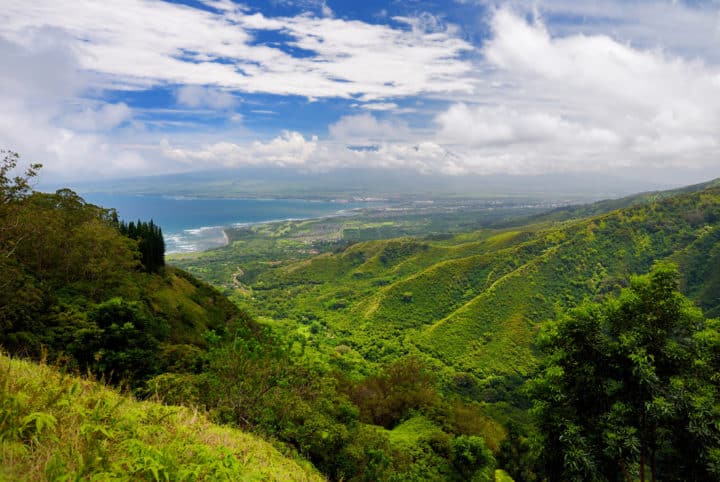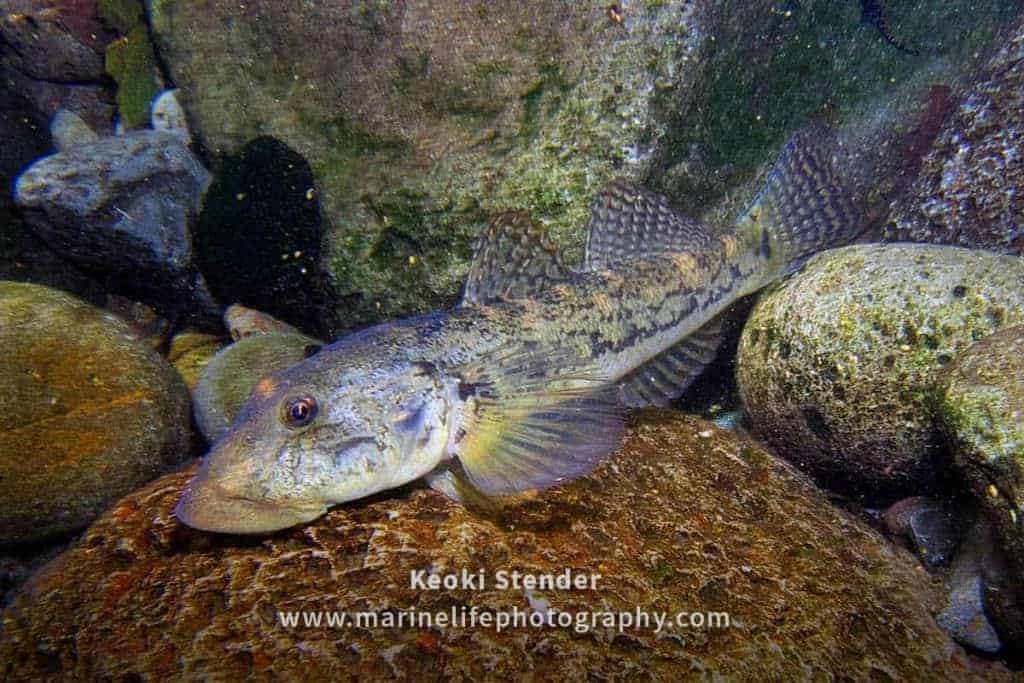
In central Maui, the winds of Kili‘o‘opu o Waihe‘e quietly sweep through the flora and fauna of the sculpted ridgelines and lush valleys. The storied waters that carve through Waihe‘e Valley are one of several nurturing streams that collectively form Nā Wai ʻEhā, The Four Great Waters of Waikapū, Wailuku, Waihe‘e, and Waiehu. Stemming from the windward slopes of the West Maui Mountains to the sea, these waters are the ancient lifeblood of central Maui.

Life is tucked away among river stones and rocky overhangs of Nā Wai ʻEhā. Shrimp, fish, and snails are found here, including the beloved stream-dwelling gobies known as ‘o‘opu. Throughout the Hawaiian Islands, five endemic ‘o‘opu species exist including ‘o‘opu hi‘u kole (‘alamo‘o), ‘o‘opu nōpili, ‘o‘opu naniha, ‘o‘opu ‘akupa (‘ōkuhe), and ‘o‘opu nakea, the largest and most common species. These endemic species are found only in Hawai‘i and nowhere else in the world.

Adapting to the islands’ mystifying and often treacherous landscapes, the ‘o‘opu are generally revered as accomplished climbers and evolutionary marvels. Some species embark on one of Hawai‘i’s greatest migrations, traversing from the ocean to upstream and ascending the islands’ tallest waterfalls. Excluding the ‘o‘opu ‘akupa, the ‘o‘opu’s pelvic fins have evolved and fused into a powerful suction disc that is used to hold fast against strong currents of healthy streams and cascading waterfalls. Of the greatest climbers, the ‘o‘opu hi‘u kole is known to climb waterfalls towering up to 1,000ft in height. ‘O‘opu species that aren’t equipped with the ability to climb are often found in the mid to lower regions of streams.

‘O‘opu are amphidromous, spending their lives both in the salt and freshwater. They migrate to and from the sea, passing stream mouths twice in their lifetime. Female ‘o‘opu lay their eggs upstream until hatchlings are carried back down to the ocean as larvae. As juveniles, they begin their journey back to land seeking the safe haven of the streams. To return to their pristine nesting grounds above sea level, some scale waterfalls, inch-by-inch, to bring forth the next generation of ‘o‘opu.
Just as the ocean-dwelling moi were favored as a food resource by the Hawaiian ruling class of Ali‘i, so were the ‘o‘opu. Typically, ‘o‘opu were steamed in ti leaf and reserved exclusively for royalty. The name of the wind that passes through Waihe‘e, Kili‘o‘opu, loosely translates as the wind that carries the scent of ‘o‘opu. It was believed that the wind would carry the smell of ‘o‘opu being cooked over a fire through the valley, and if you were cooking ‘o‘opu without the Ali‘i’s permission, consequences were severe – including death.

In modern Hawai‘i, ‘o‘opu are navigating through turbulent waters on the path to recovery from population decline. Streams that once flowed with regularity to the ocean, like those of Nā Wai ʻEhā, have dwindled drastically due to water diversion and channelization for commercial agriculture, hospitality, and other development. ‘O‘opu and many other freshwater aquatic animals perish in dried-up streambeds caused by manmade diversions and structures.

The cultural and ecological importance of wai (freshwater), kai (saltwater), and where the two realms meet, have been hindered by anthropogenic pressures. In many areas, the connection between streams and the ocean, the lifeline for ‘o‘opu, has been severed. The restoration of Maui’s freshwater flows, from West to East Maui, would spell hope for one of Hawai‘i’s most iconic freshwater fish species and those who depend on the great waters of Maui.
Immerse Yourself in our SEA-News featuring Hawaiʻi’s marine life, inspirational conservation, and glimpses behind-the-scenes.
